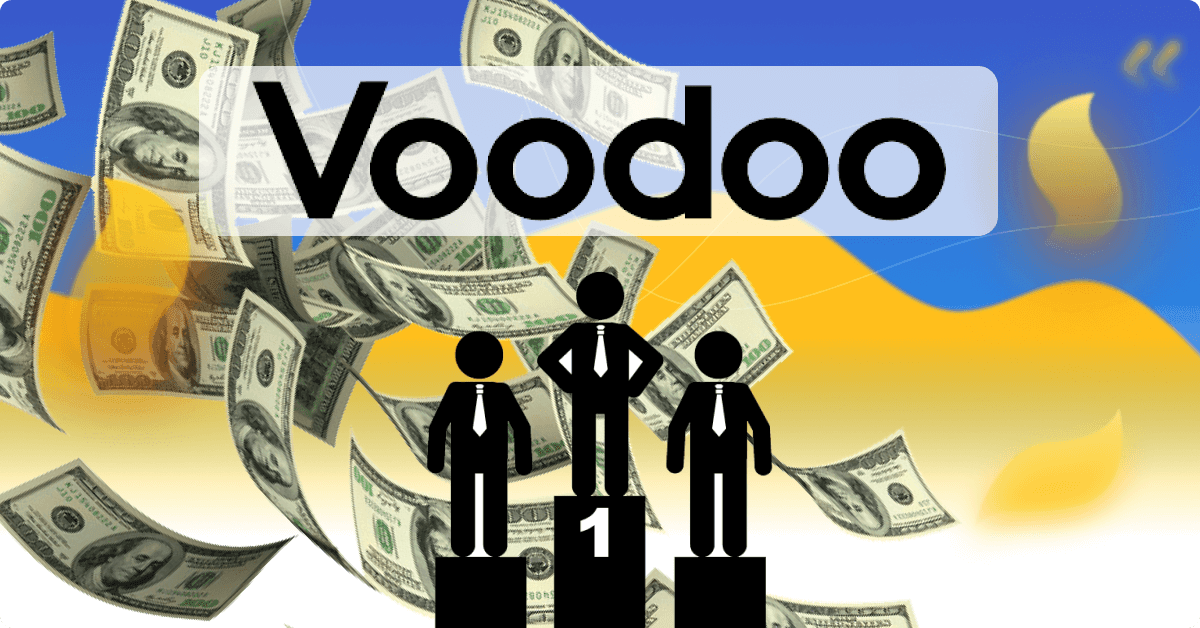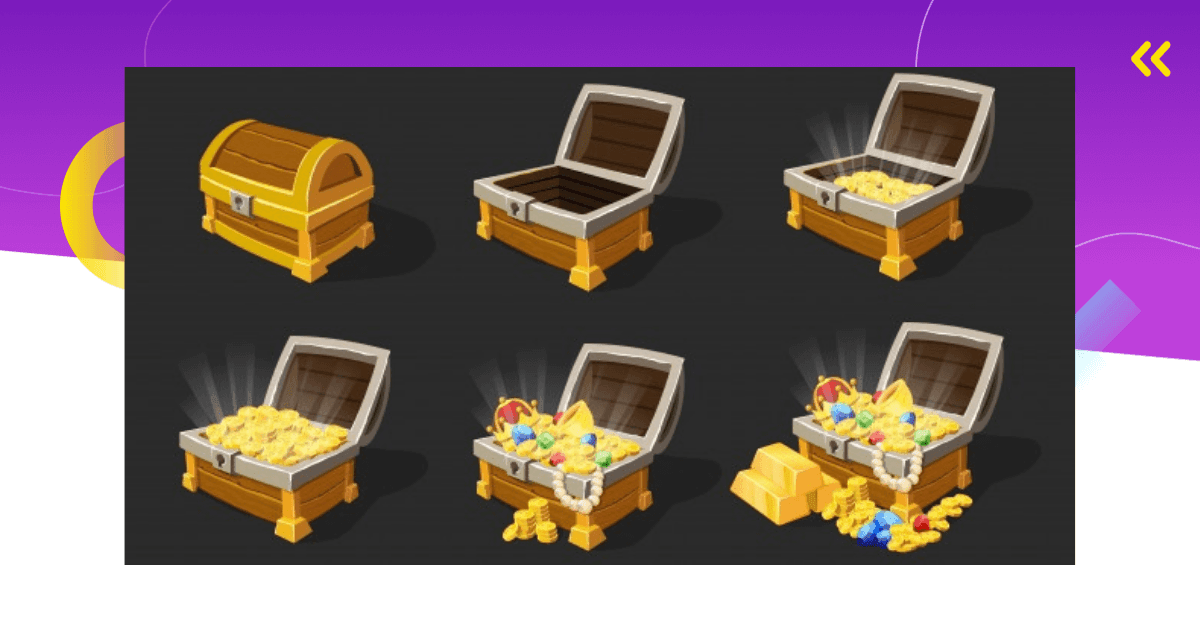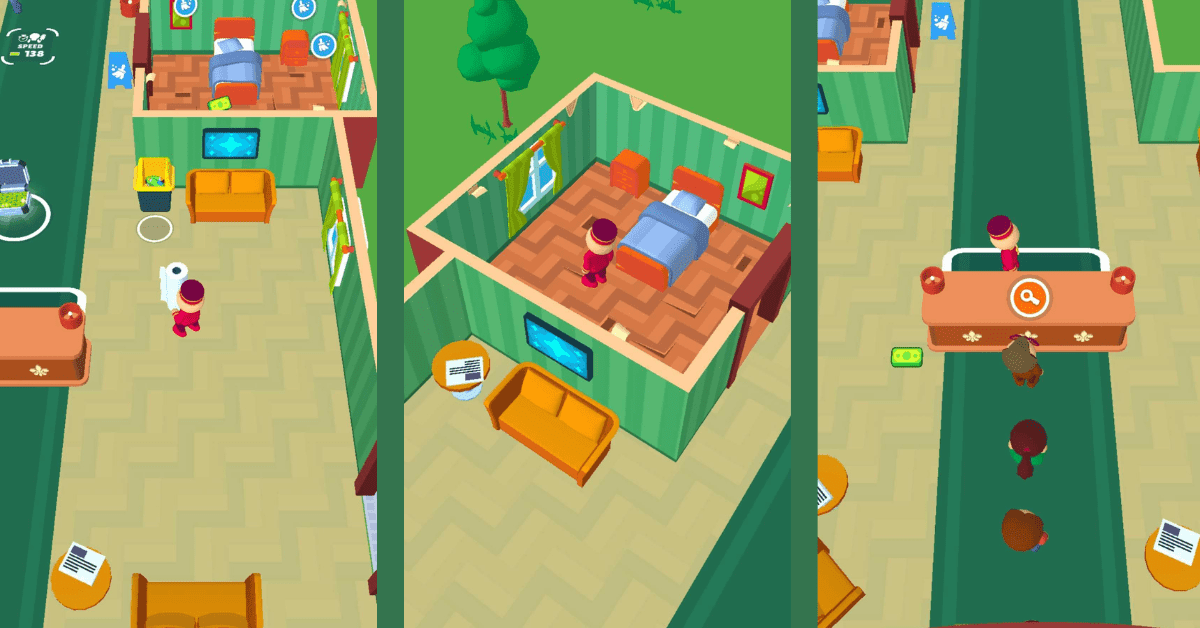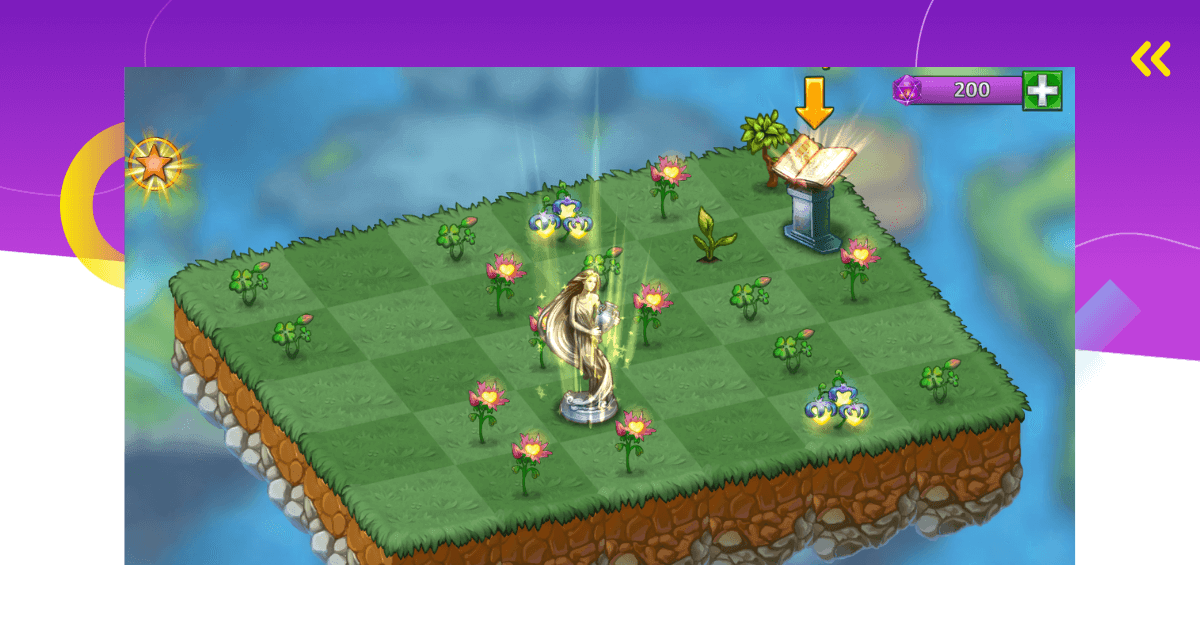Looking for the best merge games to keep you entertained? You’re in the right spot! These games are all about mixing and matching stuff to see what cool new items you can create.
While the spotlight often shines on hyper-casual games or action-packed RPGs, there’s something inherently addictive about the simple action of merging similar items to create something new and better. It’s like a puzzle that keeps growing, with each level more intriguing than the last.
In this article, we list the best merge games and features that make them so fun!

1. Gossip Harbor: Merge & Story
Kicking off our list of the best merge games, we have Gossip Harbor: Merge & Story.
In this game, merging items helps you rebuild a charming harbor town while unraveling a captivating story.
With every item you combine, you’re progressing through the game, as well as piecing together the lives and secrets of the town’s residents. The gameplay is addictive, with a straightforward merging mechanic that’s spiced up by the unfolding narrative.
You’ll find yourself deeply invested in both the puzzles and the stories of intriguing characters you meet along the way.

2. Travel Town: Merge Adventure
Moving on to our next gem in the best merge games lineup, we have Travel Town: Merge Adventure.
This mobile game takes you on a journey around the world, as you merge your way through exciting landscapes and cities.
Your mission?
To restore and develop a town by merging various items, from plants to buildings.
Essentially, you’re creating a bustling metropolis from scratch.
As you progress, you unlock new areas, each with its unique items to merge and challenges to overcome. The game is peppered with quests and objectives that keep you engaged, pushing you to strategize your merges for the best outcomes.

3. Merge Mansion
If you’re on the hunt for the best merge games, Merge Mansion is a must-play. It has become a classic in the genre.
The goal of the game is to fix up an old mansion. But there’s a cool twist: every item you merge helps you uncover hidden stories and secrets about the mansion.
What makes Merge Mansion really cool is how it mixes a mystery story into your merging tasks. As you combine items, you’re also learning about the mysterious past of the mansion and the people who lived there. It’s considered to be one of the best mobile games out there.
This game is perfect for anyone who loves getting lost in a good mystery or enjoys figuring out puzzles.

4. Merge Dragons
Now, let’s talk about Merge Dragons, another standout in the lineup of the best merge games.
This one takes you to a magical land where you have the power to heal a world by merging objects. From eggs to treasures, plants, and mythical creatures, everything can be merged to create stronger, more magnificent items.
Merge Dragons is all about discovery and strategy.
It’s a game that rewards creativity and thinking ahead, as you figure out the best combinations to advance through the levels. Plus, the dragons you hatch and raise add a fun, dynamic element to your merging adventure.

5. Alice’s Dream: Merge Island
Alice’s Dream: Merge Island invites you on a magical journey to create an island paradise through the power of merging.
Playing as Alice, you’re tasked with turning a mystical island into a lively, dreamy retreat.
This game shines with its fairy-tale setting and engaging storyline.
You’ll merge magical items and unlock new areas and quirky characters along the way. It’s a game that values creativity and strategic thinking, as every merge decision shapes the island’s transformation.

6. Merge Gardens
Merge Gardens is all about merging items to create a lush, thriving garden.
You start with a patch of land and, through strategic merging of plants, fruits, and garden tools, you turn it into a vibrant oasis.
One cool feature of Merge Gardens is its variety of puzzles.
These puzzles challenge you to think critically about which items to merge to maximize your garden’s growth. Plus, the game is filled with adorable creatures like butterflies and birds that add life and charm to your garden, making it feel truly alive.
Another standout aspect is the game’s rewards system.
As you progress and make your garden more beautiful, you unlock special rewards that help you advance even further.

7. Seaside Escape: Merge & Story
Seaside Escape: Merge & Story takes you on an adventure to a picturesque seaside town, where merging helps you uncover stories and rebuild the town.
In this merge game, you’ll merge items to restore buildings, decorate the town, and solve puzzles that reveal the town’s secrets.
One cool feature of Seaside Escape is how each merge moves the story forward. Along with combining items, you’re also meeting new characters and helping them with their problems. The game mixes the relaxing vibes of a seaside setting with engaging challenges and a captivating storyline.
It’s great for players who enjoy a mix of puzzle-solving, storytelling, and town decorating.

8. EverMerge
EverMerge lands a spot on the list of best merge games with its unique spin on classic fairy tale characters and magical lands.
In this merge classic, you merge items to unlock beloved characters, each with their own special abilities and stories, which adds a fun twist to your adventure.
What sets EverMerge apart is its vast world filled with surprises. Besides merging, you’re also exploring new lands, crafting unique items, and completing quests that keep the gameplay fresh and exciting.
The game encourages creativity and strategy, as you decide the best ways to expand and enrich your magical world.

9. Love and Pies
Love and Pies stands out in the best merge games category by blending merging with an intriguing storyline about mystery, romance, and, of course, pies.
You’re in charge of revitalizing a cafe by merging ingredients, creating delicious pies, and serving customers.
A key feature of Love and Pies is its engaging narrative.
As you progress, you’ll uncover secrets, solve mysteries, and navigate the ups and downs of romance. The merging mechanics are seamlessly integrated with the story, which makes every decision impactful not just to your cafe’s success but also to how the plot unfolds.
This game is perfect for players who enjoy a good story with their gameplay. Beyond just merging, you’re managing a cafe, interacting with characters, and making choices that affect the outcome.

10. Fruit Merge Master
Fruit Merge Master carves its niche with a refreshing twist on the genre. It focuses on merging fruits to create new, more exotic varieties.
This simple yet addictive game challenges you to think strategically about how you combine different types of fruit to maximize your rewards and progress through levels.
A standout feature of Fruit Merge Master is its vibrant graphics and easy-to-learn gameplay, making it accessible to players of all ages. As you merge fruits, you’ll unlock new levels, each offering unique challenges and opportunities to master the art of fruit merging.
This game is ideal for those who enjoy a casual gaming experience with a satisfying sense of progression.

11. Love Paradise: Merge Makeover
Love Paradise: Merge Makeover is another standout among free merge games. It offers players a unique combination of merging gameplay with fashion and makeover elements.
In this merge game, you’re tasked with merging items to assist characters in achieving their dream makeovers, all while navigating through romantic storylines.
What makes Love Paradise: Merge Makeover shine is its interactive storylines and the direct impact your merging decisions have on the characters’ transformations. You’ll select outfits, hairstyles, and accessories, merging items to unlock the perfect look for each character’s storyline.

12. 2248 Numbers Game
2248 Numbers Game stands out in the best merge games category with its unique numerical challenge. Here, you combine numbers to create larger sums, aiming for the titular number, 2248.
This game is all about strategy and forward-thinking – it provides a brain-boosting experience that’s both fun and mentally stimulating.
The game’s simplicity and the clear objective of reaching higher numbers make it appealing to a wide audience.

13. Matching Story
Matching Story is another merge game that combines merge mechanics with storylines.
Think of it as your chance to play director, merging elements that move plots, reveal secrets, and introduce new characters. It’s like reading a book, but you’re in control of how the story unfolds.
The better you merge, the more of the story you get to see. It’s perfect for those who get a kick out of solving puzzles and have a soft spot for a good story.
Explore More Games
Want to explore more genres? Check out these lists:







Comments